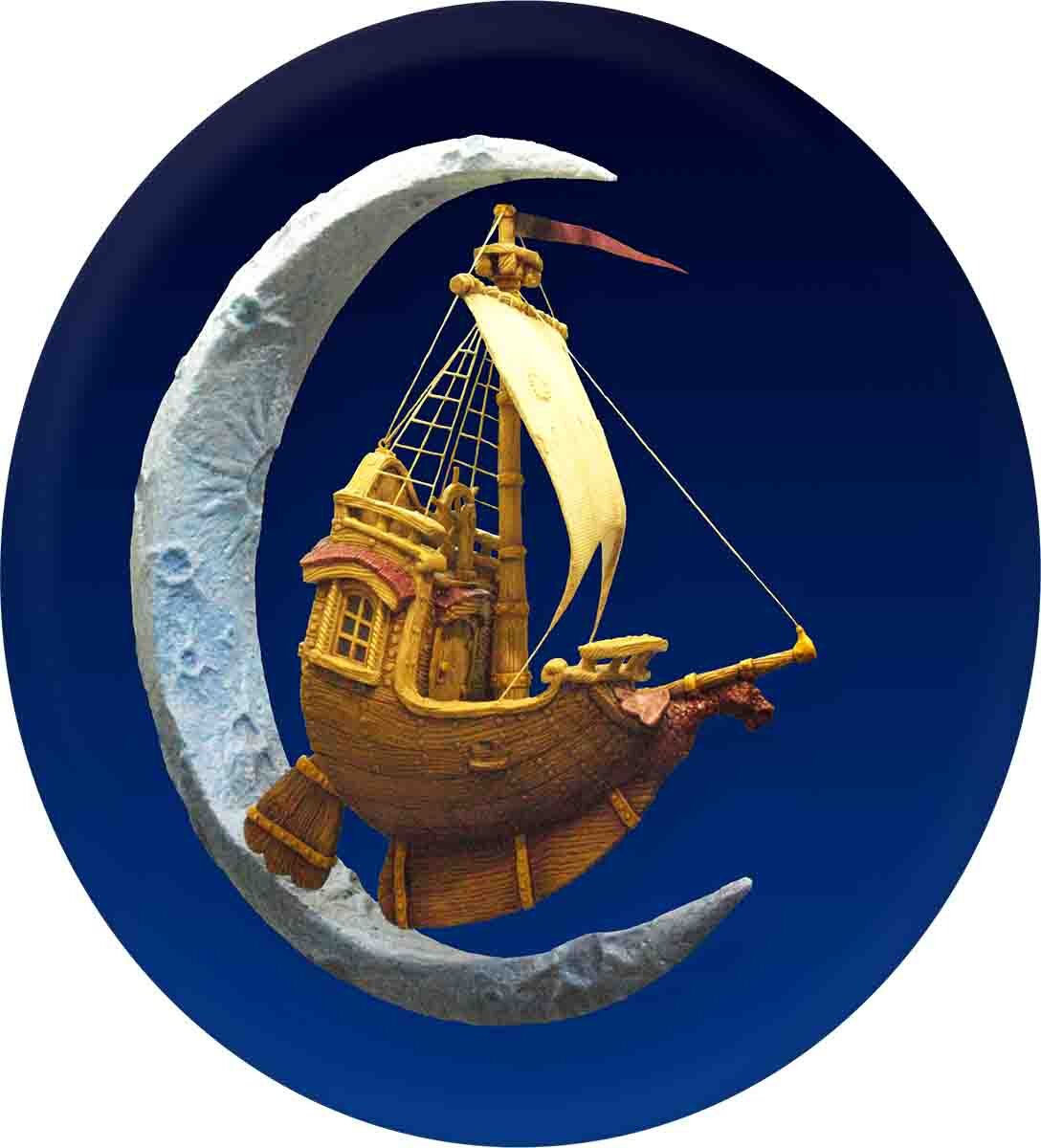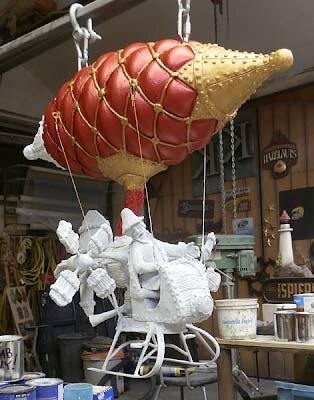We used Modern Masters Metallics for the Laughing Tortoise Beer sign’s green base colours. The tan colours were General Paint — a (now defunct) 100% acrylic house paint. As usual, everything was double coated before we started the glazing process.
The first glaze was a very light brown. We applied it over the tortoise and around the edges of the scroll. As we brushed it on, we followed with a soft towel and dabbed it off to blend it into the base colour. The glaze remained full strength in the cracks and low areas and on the edges of the scroll.
We make our glazes using 50% clear base paint (without any added pigment) and 50% of normal (tinted) paint.
The next glaze was a dark, dirty blue we call “blue jeans.” We applied it over the green areas of the sign and carefully towelled it off. Once we had finished going over everything once, we went back and second coated the ridges around the letters. This will make the painted letters jump off of the final sign.
A green glaze was next on the list and suddenly the turtle became part of the sign!
Then it was time for the last glaze — a custom blend of dark brown, metallic cherry and a teeny bit of black. We call it plum crazy.
And finally, two coats of gold finished off the lettering (and the sign).
See you next week!



















